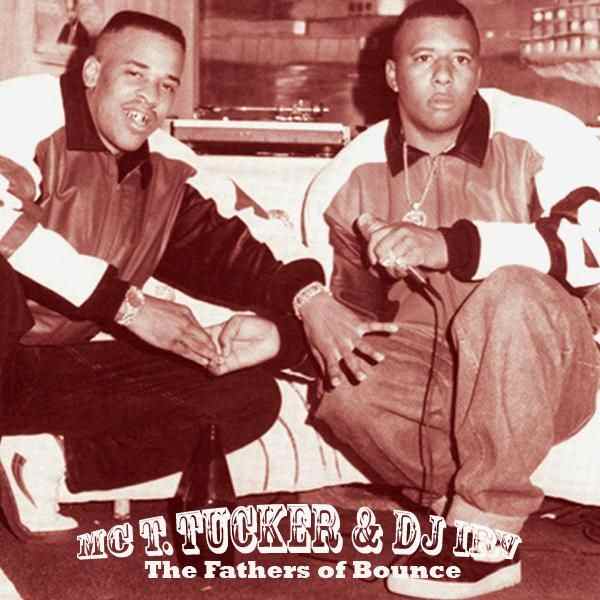Bounce is a music defined by its beat. And while the genre has changed and evolved in the years since its birth in the early '90s, the basic building blocks of that beat have remained remarkably static. Although they may be sliced, chopped and twisted into dizzying patterns, bounce producers return again and again to the same basic ingredients—without them, a track just isn’t bounce.
This isn’t to say that bounce is anything like static. Over the last 30 years, the ways in which these ingredients are combined have changed dramatically. Some tracks have incorporated new additions into bounce’s sonic canon, while others have reformulated the beat so well that they have, in turn, become stepping stones for their own remixes, sampling and reworking. These are some of the most important steps in that evolution.









